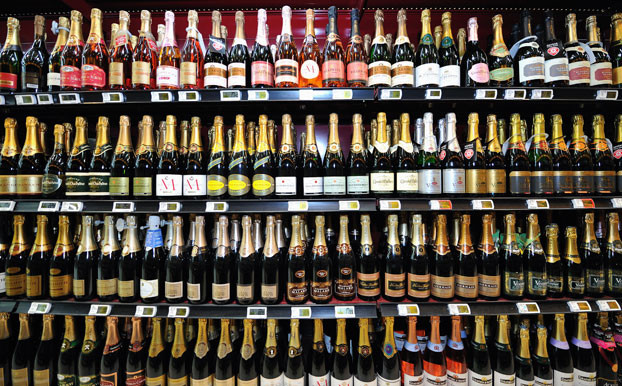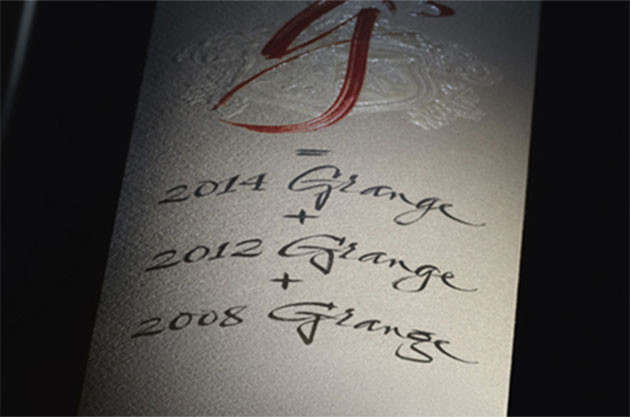Wine can cause weight gain because it is a concentrated source of calories, says Beverley Blanning MW, who explains some of the options for wine lovers to consider. Do you care how many calories are in your glass of wine?
Ask Decanter: How to count calories in wine
Maria O’Connell, from Chicago, asks: How much does the calorie content of wine differ according to its alcohol level? If I’m looking to limit my calorie intake, is Champagne the best option?
Beverley Blanning MW for Decanter, replies: If you are looking to limit your calorie intake, you are right to focus on the alcohol content of wine, as this is by far the most significant determinant of its calorific content. Alcohol weighs in at a hefty seven calories per gram, which is only two calories fewer than pure fat.
Wines to consider
Wine can cause weight gain because it is a concentrated source of calories, even if it feels light to the taste.
Champagne can be a good choice for limiting calorie intake, because it is often relatively low in alcohol compared to other dry whites – albeit residual sugar levels would also be a factor. Generally, cooler-climate whites will also have lower alcohol levels and therefore fewer calories per glass.
A dry Sherry such as Manzanilla is a fortified wine, so will be high in calories, but as it is often drunk in smaller volumes, the calories consumed could end up being fewer than a lower alcohol, unfortified wine.
Calculating calories in wine
To calculate the number of grams of alcohol in a bottle or glass of wine, use this formula:
volume (ml) x alcohol (ABV %) x 8/1000
Multiplying this answer by seven will give you the approximate calorie content.
Using this model, a standard bottle of wine at 750ml with an abv of 13.5% would have approximately 567 calories. Guideline total intake for women in the UK is 2000 calories daily, and 2,500 calories for men, according to the National Health Service.
But….Residual sugar
One other point to bear in mind is that a dry wine may not always be the best choice for a low-calorie option: a sweeter wine with low alcohol (like a German Kabinett Riesling) could be lower in calories than a high-alcohol dry white, because the residual sugar is a less-concentrated source of carbohydrate than alcohol, at four calories per gram.
Beverley Blanning MW is a writer and author who contributed to The Oxford Companion to Wine on wine and health.
Translated by Sylvia Wu / 吴嘉溦
All rights reserved by Future plc. No part of this publication may be reproduced, distributed or transmitted in any form or by any means without the prior written permission of Decanter.
Only Official Media Partners (see About us) of DecanterChina.com may republish part of the content from the site without prior permission under strict Terms & Conditions. Contact china@decanter.com to learn about how to become an Official Media Partner of DecanterChina.com.












Comments
Submit